How to Record Desktop Screen in Windows 7
How to Record Your Screen in Windows 11
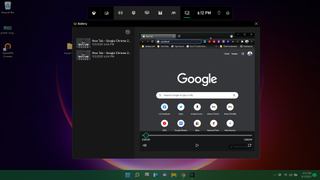
If a picture is worth a thousand words, then a video is worth a million. Whether you're showing someone how to perform a task in an important application or you want a record of your gameplay, recording the screen in Windows 11 (or Windows 10) is a great way to do it.
Fortunately, Microsoft's latest OS has video screen capture built right in, and using it is extremely easy. Below, we'll show you how to record your screen in Windows 11, using built-in tools. The same instructions are the same for Windows 10 if you're still using that. If all you need is a still image, see our article on how to take a screenshot in Windows 11.
Record the Windows 11 Screen with Xbox Game Bar
Built into both Windows 11 and Windows 10, the Xbox Game Bar has a number of features designed to improve your gaming experience, such as giving you quick access to Xbox chat and a peek at your CPU and GPU activity. However, its most useful feature -- whether you are gaming or not -- is its ability to record MP4 videos of your screen.
There is one drawback to using the Xbox Game Bar to capture videos of your screen: It only works within a single application at a time and cannot record the Windows desktop or File Explorer. So, if you want to show someone how to do a task involving multiple programs -- for example, programming a web page in a code editor and then viewing it in a browser -- you would need to capture multiple videos. And if you want to show them how to do anything in the Windows 11 UI, such as using the Start menu, you can't.
1. Click into the app you wish to record.
2. Hit the Windows Key + Alt + R to start recording. A small recording widget showing how long you've been recording appears somewhere on the screen, most likely in a corner. You can also get here by launching the Xbox Gamebar (Windows Key + G) and then finding the capture widget, but the keyboard shortcut is much simpler.
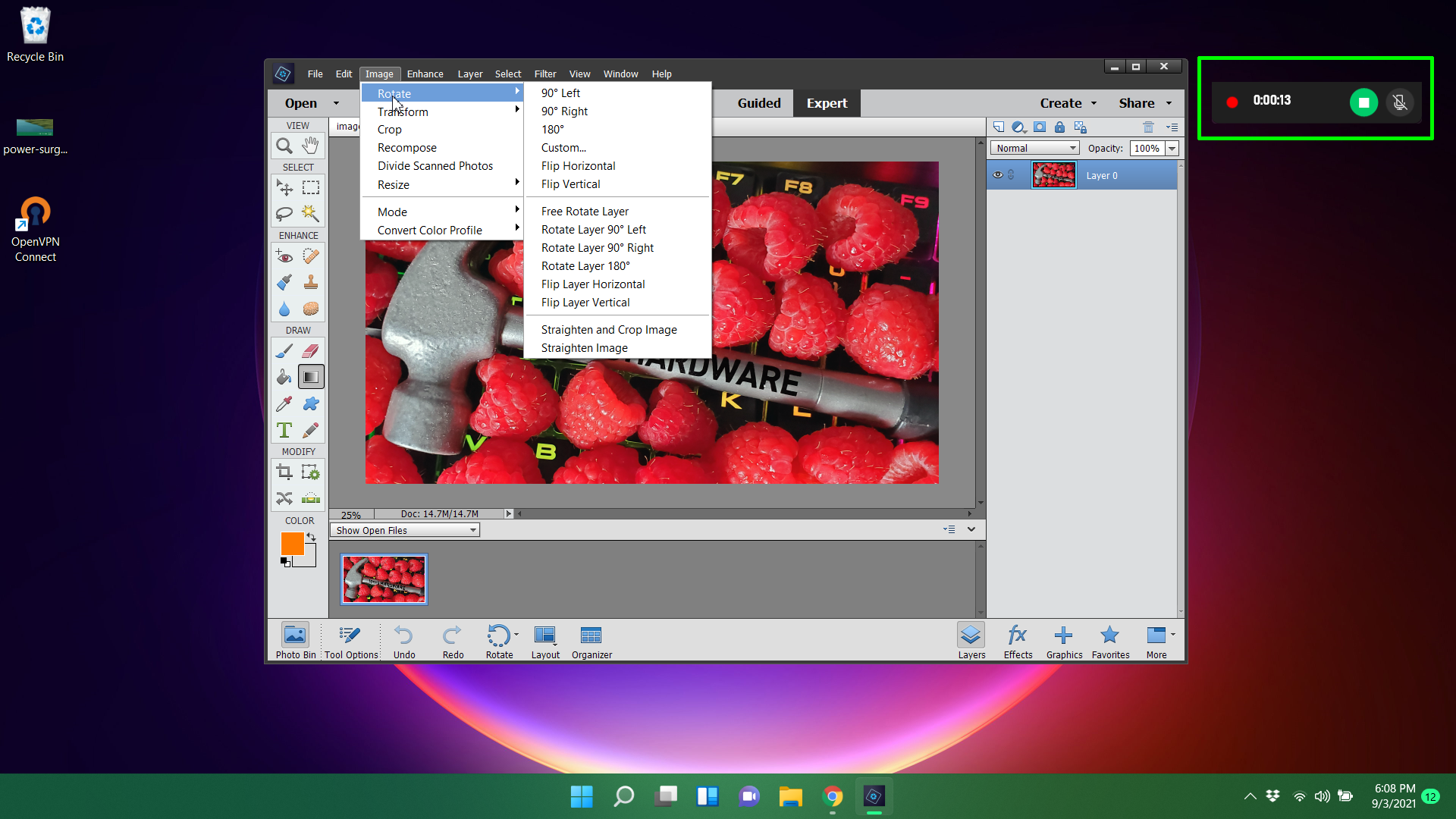
3. Perform whatever actions you want and use your microphone to record audio.
4. Hit the Windows Key + Alt + R again to stop recording. You can also hit the stop button on the widget You will get an alert that says "Game clip recorded. If you click on it, you will go into the Gallery section of the Gamebar app and be able to preview the video you captured. You can also find the MP4 file you recorded under your Videos/Captures folder.
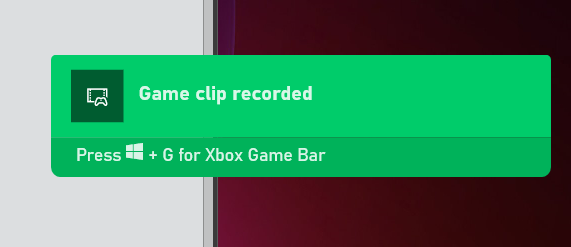
Configuring Xbox Gamebar Screen Recording
While the default settings are probably fine for most people, there are a few options you can change.
1. Navigate to Settings->Gaming->Captures.
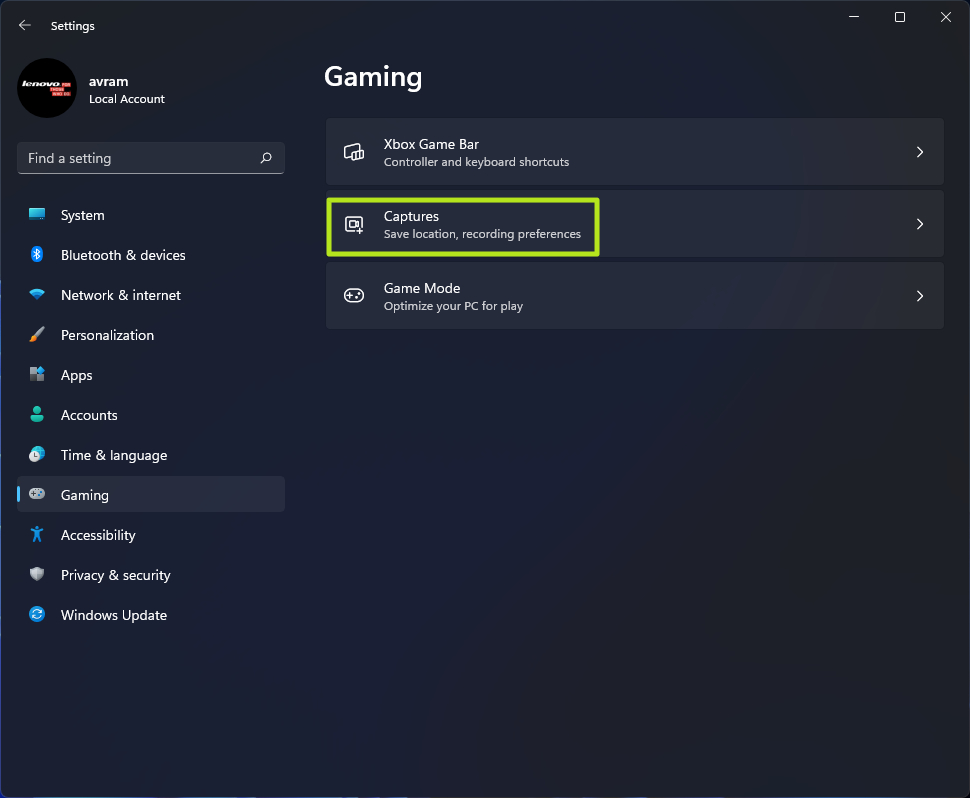
2.Change any of the following settings. Note that though they use the word "game," the settings should apply to any app you record whether it's a game or not.
- Record what happened: this creates a 30-second (or greater if you change the settings) buffer of automatically recorded content. So if you are playing a game and just had an epic kill, you can hit Windows key + G to launch game bar and you can save the 30 seconds that just passed, even though you weren't actively recording it.
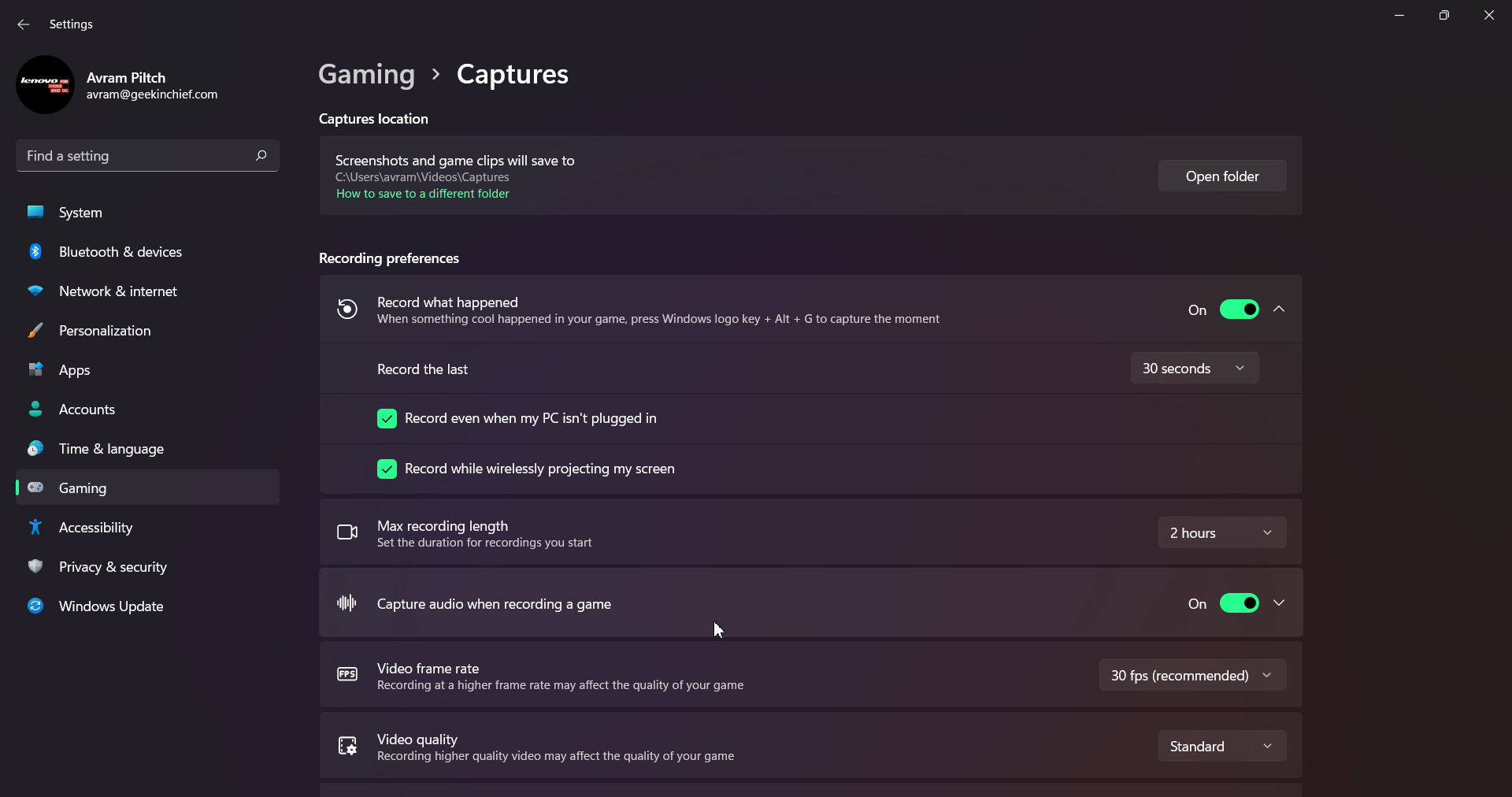
- Max recording length: The amount of time after which recording will automatically shut off. I recommend leaving this at the default two hours.
- Capture audio when recording a game: By default, this records the sounds from your mic and the game itself, but excludes background sounds from Windows 11 or your other apps. You can disable the audio recording entirely or enable it to record system sounds or change the balance.
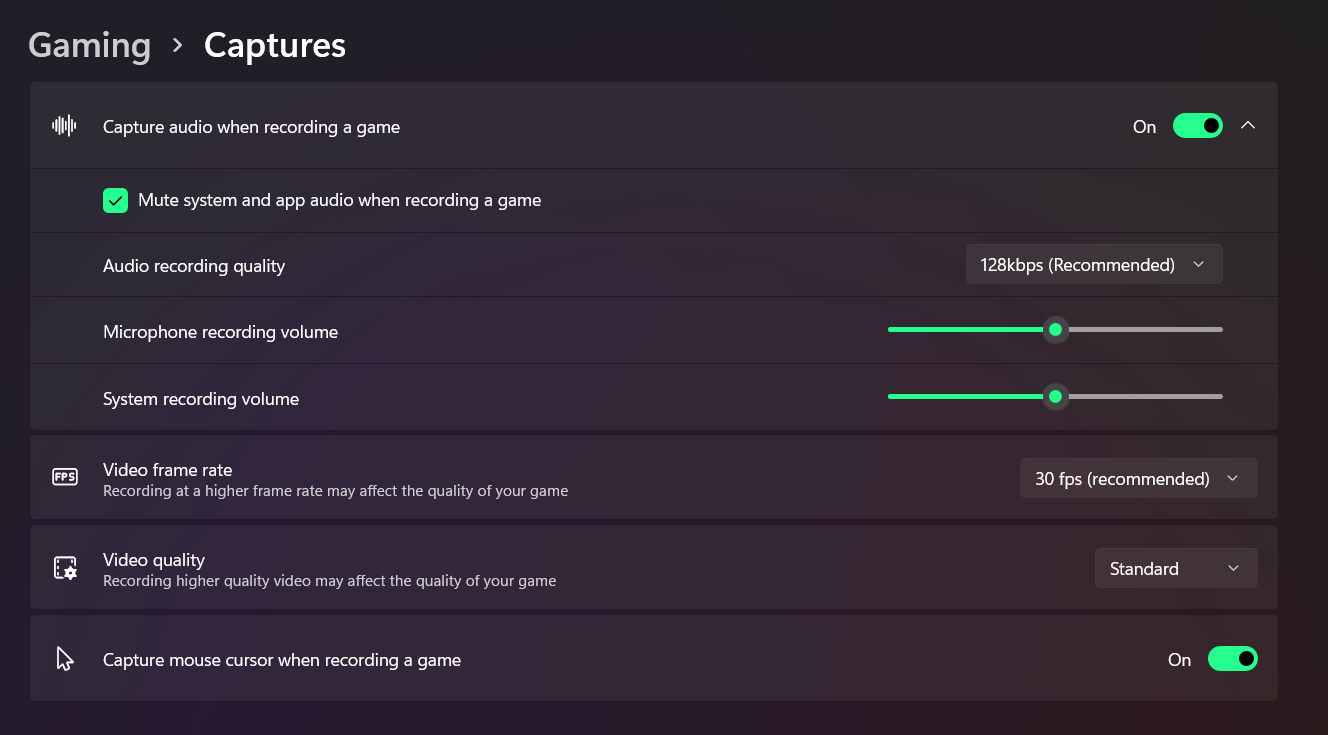
- Video frame rate: defaults to 30 fps, but you can change it to 60 fps.
- Video quality: choose standard or high.
- Capture mouse cursor when recording a game: I recommend leaving this enabled, particularly if you are recording an app that is not a game.
Recording the Whole Screen with OBS Studio
The biggest drawback to using Windows 11's built-in Xbox Gamebar to record the screen is that it can only work with one app at a time and will not record the Windows desktop or File Explorer. To capture your entire desktop and all the windows on it, you need a third-party app and, while there are many, we like OBS Studio for this purpose.
OBS Studio is very popular in the game streaming community because it's great at broadcasting games out to Twitch and other sites. However, you can also use OBS to record the entire screen in Windows 11 and save it as an MP4 file, without ever streaming what you do.
1. Download, install and launch OBS Studio. When you launch OBS for the first time, if you haven't already, you will be asked whether you want to optimize it for streaming or recording only. If you don't plan to stream, choose "Optimize just for recording."
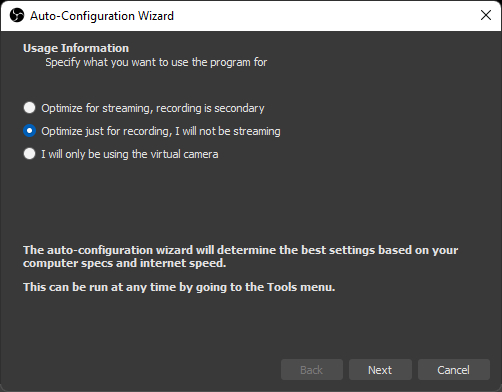
2. Click the Plus icon under Sources to add a new source.
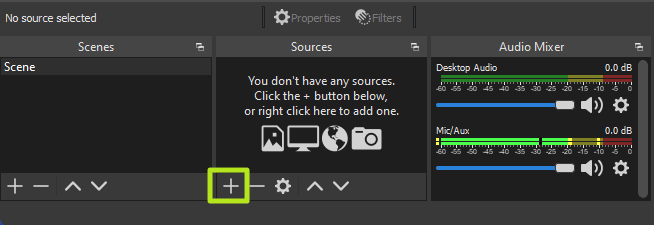
3. Select Display Capture.
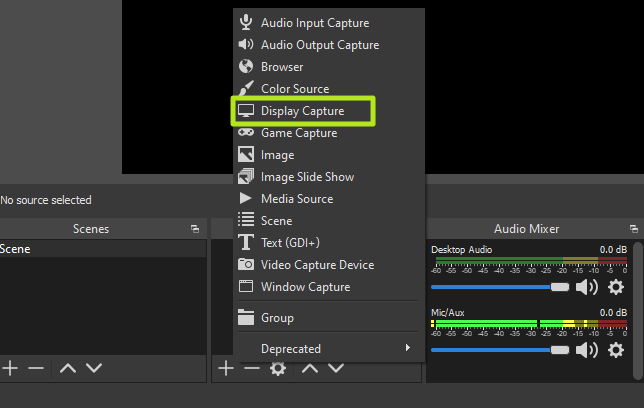
4. Click Ok on the dialog box that pops up. You can give the source a name other than Display Capture if you'd like.
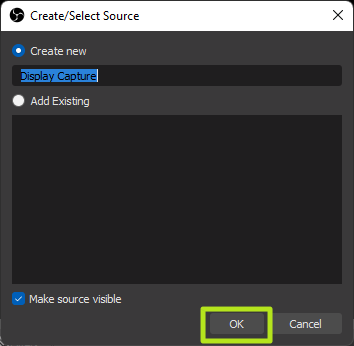
5. Choose a display and click Ok. If you have more than one monitor, this would allow you to have OBS on one screen while recording the activity on another. If you have only one monitor, there's only one choice.
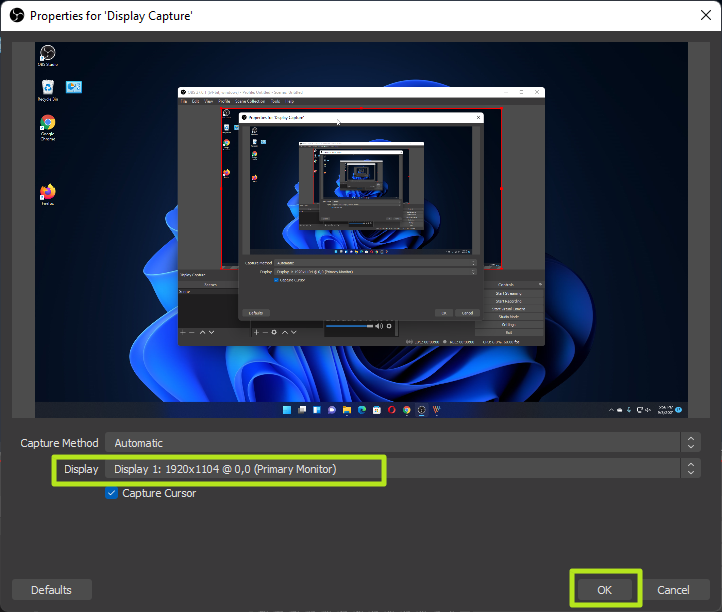
6. Click the Start Recording button in the lower right corner of the screen.

7. Minimize OBS if you are recording from the same monitor that OBS is on.
8. Click Stop Recording in OBS when you are finished.
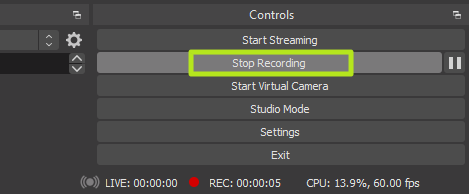
By default, your screen recording videos will be located in the Windows 11 (or 10) Videos folder. They are stored, by default, in the .mkv file format. However, you can change the output to MP4 or MOV files by going to the Settings->Output menu in oBS.

Avram Piltch is Tom's Hardware's editor-in-chief. When he's not playing with the latest gadgets at work or putting on VR helmets at trade shows, you'll find him rooting his phone, taking apart his PC or coding plugins. With his technical knowledge and passion for testing, Avram developed many real-world benchmarks, including our laptop battery test.
How to Record Desktop Screen in Windows 7
Source: https://www.tomshardware.com/how-to/record-screen-windows-11
0 Response to "How to Record Desktop Screen in Windows 7"
Post a Comment